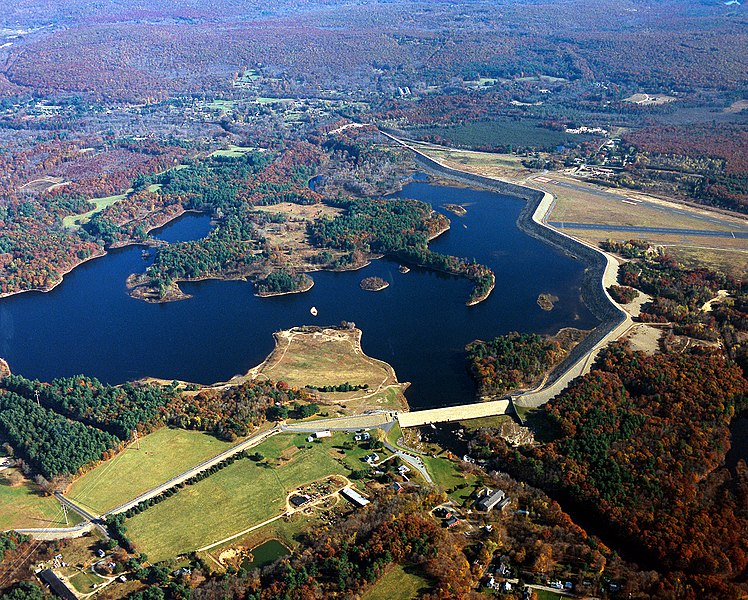
by Dr David, Editor / Publisher
It was February 1978. I was attending the University of Connecticut, living in a house a few miles away from campus. UConn started as an agricultural college. Northwest Connecticut was and still is very rural.
A blizzard came and closed the state for three days. We were told to shelter in place, to only use the roads in emergencies. In the early afternoon of the second day of the storm I went out into my backyard, strapped on a pair of old-fashioned beaver tail snow-shoes and went off into the woods. On the other side of the woods was the Mansfield Hollow State Reservoir Area, a big reserve with a number of artificial lakes. The area was all new to me.
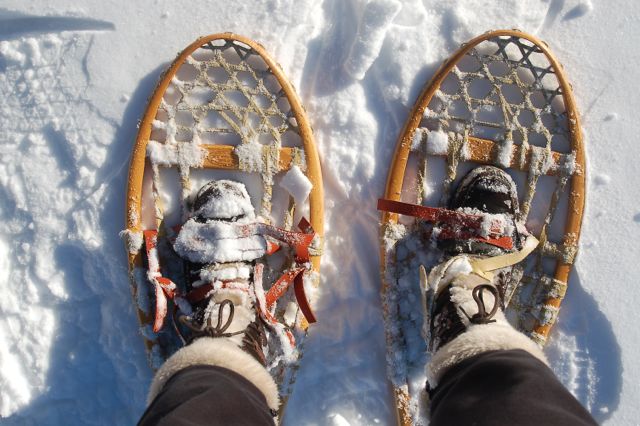
I set out wearing a lot of wool. I had a couple pair of socks, the outer ones wool, long-johns under thick wool pants, several shirts, the outer one wool, all under a good wool sweater. In my pants' pockets were a pair of wool mittens and a wool cap. There was no need for a jacket. Snow-shoeing is good exercise. Not as vigorous as cross-country skiing, you still stay warm burning those calories.
It was still snowing heavily. My steps were sinking far into the deep, fresh snow, farther than I was accustomed to from previous outings. This meant that I had to high-step, to elevate my foot, with snow-shoe attached, straight up before moving it forward so as not not "shovel" the snow with my snow-shoes. It was hard going. I was expending a lot of energy. That should have given me pause, but at 20 years old one is not inclined to pause.

A week before there had been a thaw. The lakes' water levels rose significantly. Then the lakes refroze. Then the authorities opened the dam to drop the water levels. In doing so they dropped sheets of ice on the steeply sloping banks of the lake. These icy slides were now covered with a couple of feet of freshly fallen snow.
The first real sign of trouble, also ignored, was also obvious early on. Those old-fashioned snowshoes don't have the crampons their modern cousins do, those toothy plates that grip snow and ice. Struggling half way or more up those steep inclines with the help of my ski poles, only to have the snow under me slide all the way down to lake-level was frustrating and exhausting. But I was young and the scenery was pristine.
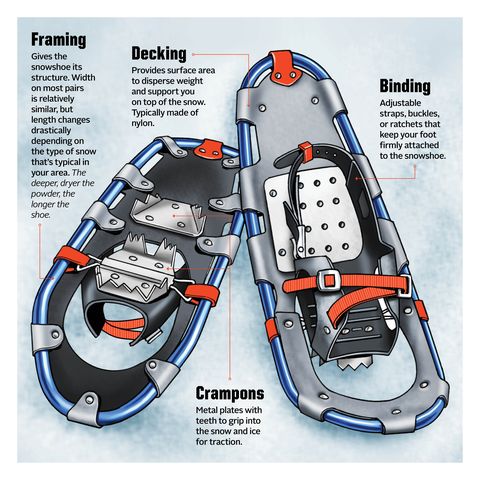
However, after a couple of hours of this, the day itself was not young. I was tired and knew that I should be getting home. But where was home? I had no compass, more youthful folly. I hadn't seen or heard any sign of humanity since leaving my backyard. I pressed on, keeping to the open ground, trying to keep from going in circles. Another hour passed. I was really tired.
Having just crossed the length of a good-sized lake, I arrived at a dead end. That side of the lake was surrounded by forest, with no outlet. Finally, the seriousness of the situation dawned on me. I had been aware for hours that I was lost. Maybe hours earlier I could have followed my trail back home. The moment of truth happened when I noticed that the overcast day, always gray, was getting darker. Somewhere high above the clouds the sun had already set. Night was falling and I realized that I might very well freeze to death. For a moment I was nauseated with fear.
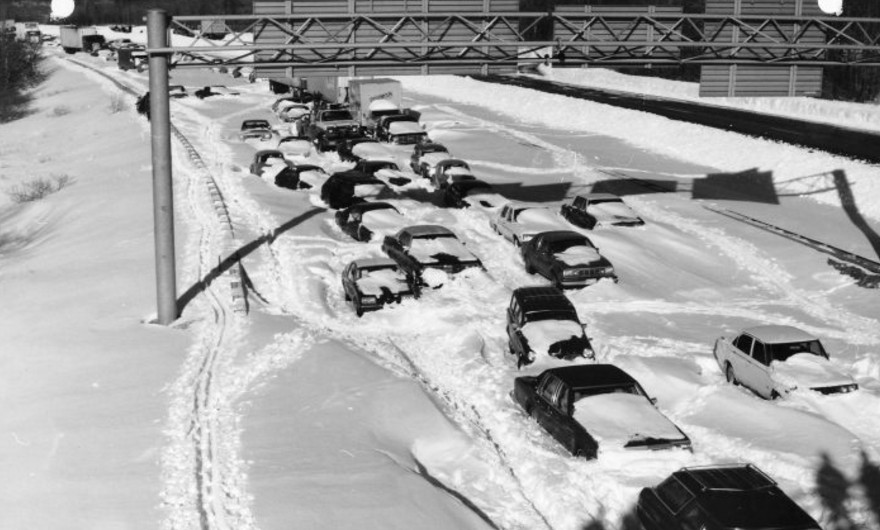
Unlike a quick close call with death, say, something that happens on the highway in an instant at 70 miles per hour, there, trudging through the snow, I had time to consider my end.
But I did not have time for nausea. I shook it off and decided, rather desperately, to trek back across the lake to a barn I had seen in the distance. Maybe I could get in and stay alive sheltering under a pile of something. Maybe there would be a snow-covered road to follow out from there. It was a chance.
Minute by minute, night's gloom gathered in the air around me. Step by step, gloom congealed in my soul. Before I had made it very far in my final resolve, I looked off, scanning the woods for the thousandth time that day, and I saw far off through the bare branches a light burning.
My heart leapt, but my body was exhausted. I moved ahead, frequently leaning against trees to rest. I moved in multiples of seven steps, taking seven, fourteen, occasionally twenty-one steps each effort before stopping to rest. Slowly, as night closed in and I got closer, the light got brighter. Eventually, other smaller lights came into view close around it. Then the shadow of a house emerged behind it.
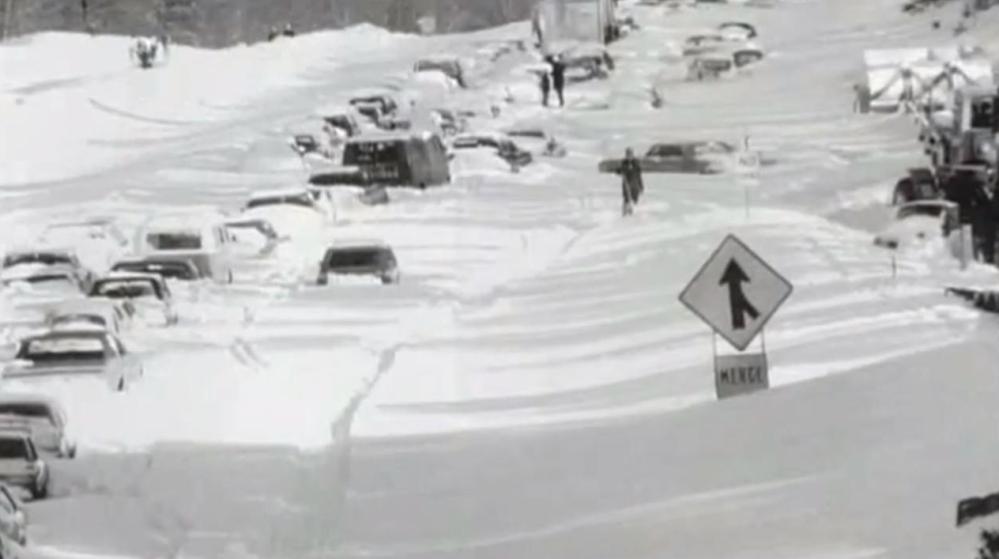
It was one of those excessively bright vapor lamps, the kind I have so often cursed for ruining the night. But my reaction on that polar night was the polar opposite. I could have kissed it. Finally, I arrived, climbed up on the house's back deck, worked loose the frozen straps of my snow-shoes and knocked upon the sliding glass door.
It happened to be the house of a professor in my department. His wife gasped as she pulled open the curtain, seeing me there covered in snow, my long hair caked with it. She slid open the door and made me welcome, feeding me tea and cookies while I called and waited for my housemate to come fetch me home.
So much of what we do is to distract us from the precarious situation that is our life. We pat each other on the back. We engage in mundane conversations, we attend social events, parties and dinners, whose main purpose might be to provide a sense of belonging. It may be somewhat obscured now by modern cosmopolitan living, but stretching back into earliest, pre-human times being accepted by the group was a matter of life and death. Still today, around us in the neighborhoods of San Miguel, being part of the group dramatically improves one's chances of survival. Modern living obscures this once obvious truth, but ostracism formerly was a veritable death sentence.
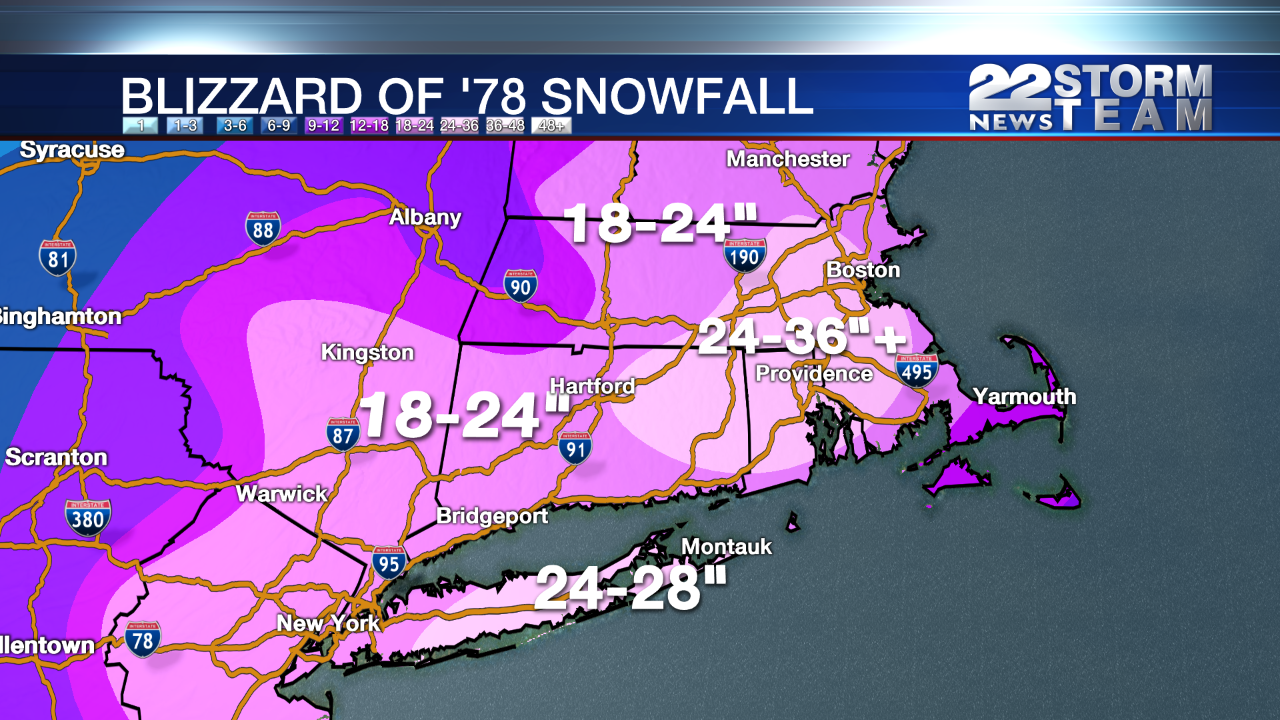
Our sense of being independent creatures has changed with the times, but our neurological programming has not. The feel-good hormone dopamine still drops in our brains to reward us when we come into accord with someone. Dopamine is withheld when we feel rejected.
I suspect that the sense I wake with sometimes at four or five in the morning, that things are catastrophically wrong, is also a hormonal response. There, almost, but not quite able to return to my dreams, I am pounced upon by a fear of death. It's the same nauseating dread I suffered that snowy, snowy twilight 45 years ago in Mansfield Hollow State Dam, when I realized that the light was going out maybe for the last time.
That we are so governed by primal responses and that social media's online algorithm has so got our number is what is so dangerous about the internet. Us old folks, set in our pre-internet ways, are not so captured by the internet's synthetic reality. But for young folks, whose brains have been wired online, the World Wide Web is more real than reality. They are held fast in that web by stories spun from the artificial intelligence. Their brains react, releasing or withholding dopamine based on how many likes their posts get. As revealed in the documentary The Social Dilemma, the algorithm manipulates the user's online experience to keep him or her hooked. It's a sophisticated science, of which early propagandists could not even dream. Those of us from the television age had our problems watching the screen too much, but now the screen too much watches us.
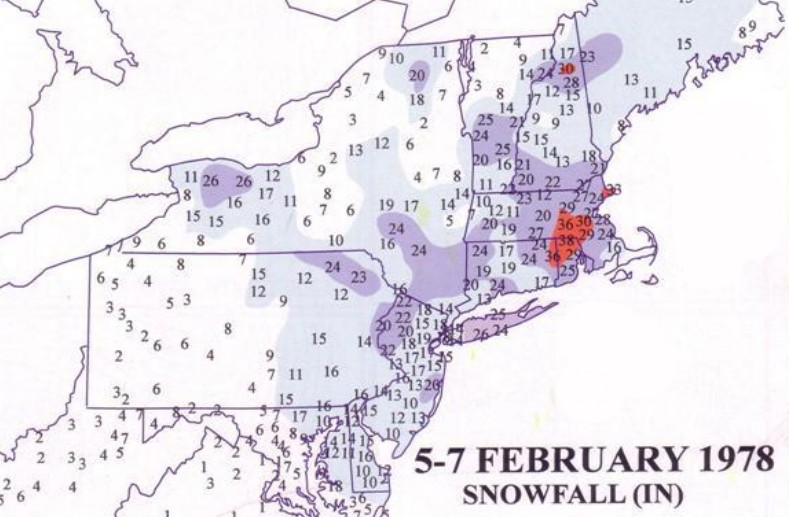
UConn is in the red zone of highest snowfall.
*
Young people are being hurt; many young people are being hurt much. The young take online simulated reality as life itself. Non-digital existence is boring by comparison. Like online pornography leads to disappointment with real life sexual encounters, the subtle scent of a flower or the experience of rain lightly falling cannot compete with the digital sound and fury. The video-gamer, when forced to put down his joy-stick and sit around with other actual human beings, thinks, "This is boring. I've been sitting here for ten minutes and no one has attacked me."
Reacting to their virtual worlds as life itself, reacting physiologically and psychologically, a startling number of young people feel the terror of loneliness, of being lost. Unable to compete with the Photoshopped images or the influencers on their screens. They feel like they do not belong. They feel the same approaching catastrophe I sometimes sense at 4am, but they don't have the good sense to wait for the dawn. Exhausted, they don't keep trudging through the cold, snowy, darkening gloom, long enough to see the light shining off in the woods. Their fake friends on their simulated social networks aren't there to lend a hand or hold them and assure them that everything will be alright. Tragically lives end, real lives, real endings. And this time there is no restart button. Suicides among 10-14 year old girls have gone up 400% since 2007.

My Lokkal project is designed to be an antidote to the synthetic internet. Lokkal is a local social network that brings people together in the real world. The interface between online and the actual reality, Lokkal builds community, empathy and real world friendships.
The bad news is that, in, oh, so many ways, life is precarious, we are all traumatized and no one gets out alive. The good news is that human companionship, of the real flesh and blood variety, makes it all much easier to bear.
**************
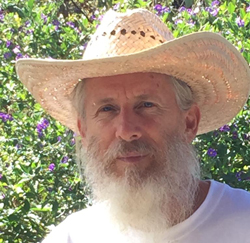
Dr David and his merry band believe that the new expanded Lokkal will change the world, city by city, starting here in San Miguel.
Please consider supporting a more empathic internet and a more equitable world:
Go Fund Me -
Digital Town Square:
Building Community & Economy
